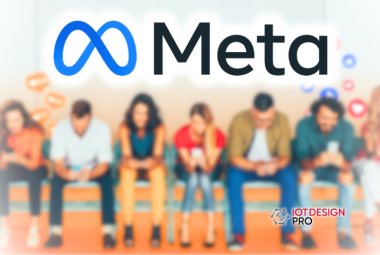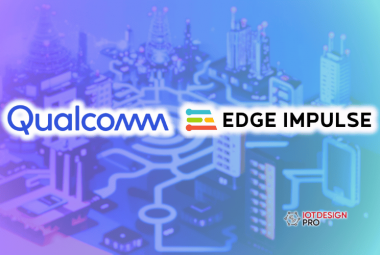By end-2025, 30% of APEJ organizations will take advantage of humanlike interfaces in their enterprise applications to gain more insights quickly, improving decision velocity
Global research institute IDC now predicts that AI will create an organizational cultural shift and new technology frames will augment 50 percent of APEJ workforce by mid-2025, slowly reshaping the enterprise toward more technology usage, enhancing performance. As AI and GenAI technologies continue to take the center stage in today’s digital economy, they not only augment organizations’ productivity, automate repetitive tasks but also redefine roles, thus compelling a shift in workforce skills requirements.
In an open press release, IDC added that they expect this transformation to reshape organizations towards higher technology usage with greater human-machine collaboration, which will generate demand for strategic and value-added roles which are not able to be fulfilled by AI and GenAI. Parallel to these advancements is a substantial surge in technology buyers' investments in AI and GenAI driven enterprise software applications to transform their business operations. This IDC FutureScape highlights these top AI-driven predictions for intelligent enterprise applications in APEJ for the next five years:
• Human like interfaces fast-track decision velocity. By end-2025, 30% of APEJ organizations will take advantage of humanlike interfaces in their enterprise applications to gain more insights quickly, improving decision velocity.
• Self-healing enterprise applications. By 2025, 15% of A2000 will gravitate to autonomous tech with self-healing code to improve processes; 30% will evolve for seamless integration in 2026, and 50% will evolve to self-healing apps by 2027.
• Enterprises applications modernization. By early 2025, 60% of APEJ organizations still on legacy systems will need to modernize their applications immediately to survive and adapt to the digital world already surpassing them.
• Human Machine Collaboration. GenAI/AI will close 15% of enterprise talent shortage gaps by 2025, but the practice and usage of GenAI/AI will create a surplus of talent across all lines of business by 2027.
• Time gap to decision making narrows. By late 2024, 40% of the A2000 will focus on technology and the process time between the event that occurs and the point of decision making to gain a competitive advantage.
Asia’s top 2,000 organizations are seeking higher autonomy for their business operations to weather the impact of economic challenges, increase agility and build resiliency against the ever-evolving storms of disruption. For organizations to reap the benefits of automation via AI/ML workflows and capabilities, there is an entrenched need to modernize and renew their legacy software applications with new intelligent ones. These intelligent AI and GenAI infused applications pave the way for enhanced user interface thus user experience; and boost data driven insights, timely decisions, and better business outcomes.
"IDC expects a multi-phased adoption of intelligent enterprise applications by APEJ organizations between 2024 to 2028. At the outset, from 2024 to 2025, Asia's top 2,000 organizations will focus on changing internal perception and receptivity towards human-machine collaboration. By 2026, they will progress to integrate data and enterprise applications seamlessly, and evolve to run as autonomous organizations by 2028. IDC outlines the deliberate strategies for tech buyer organizations to navigate this era of AI everywhere in this research," Estelle Quek, Senior Research Manager, Software Applications and Channels Strategies, IDC Asia/Pacific.

















